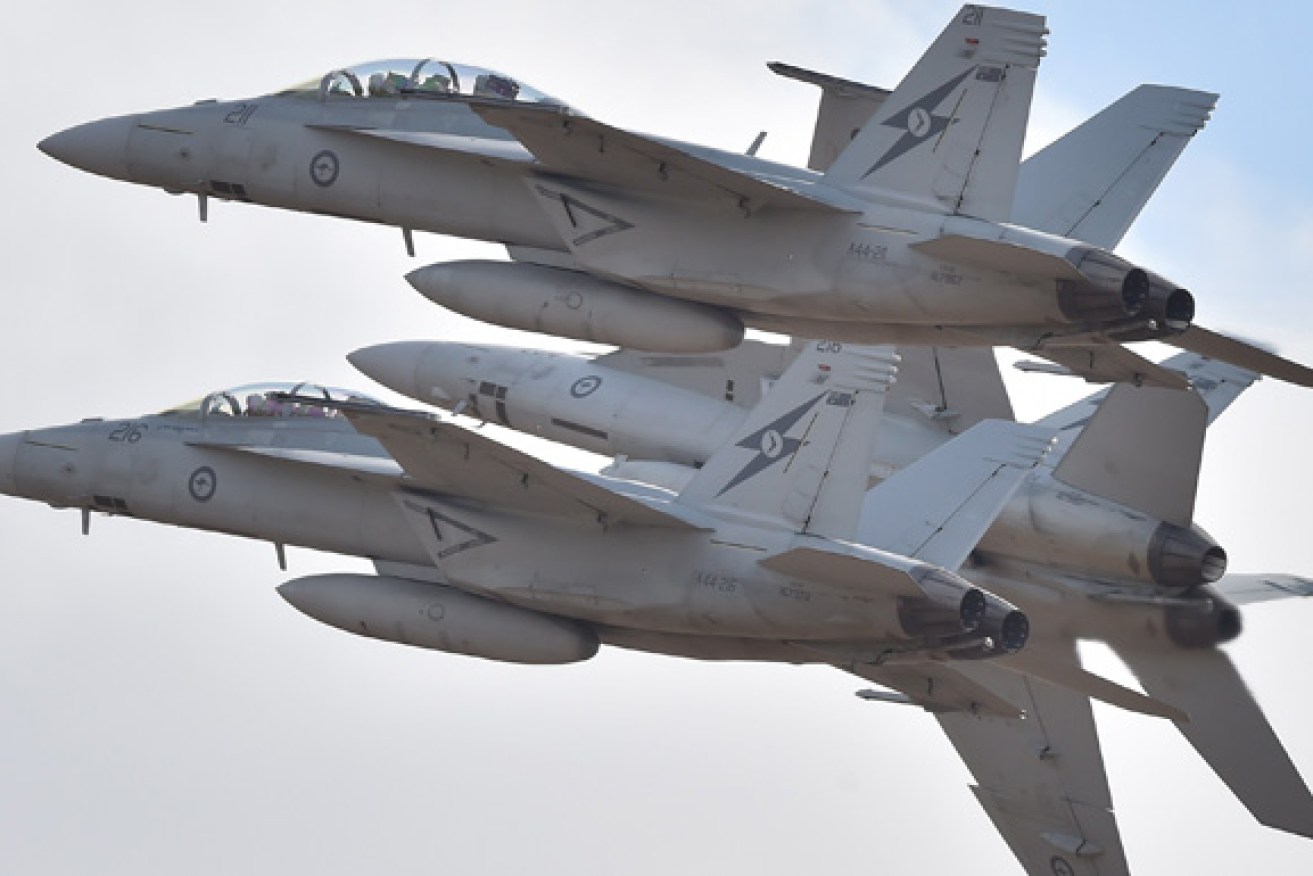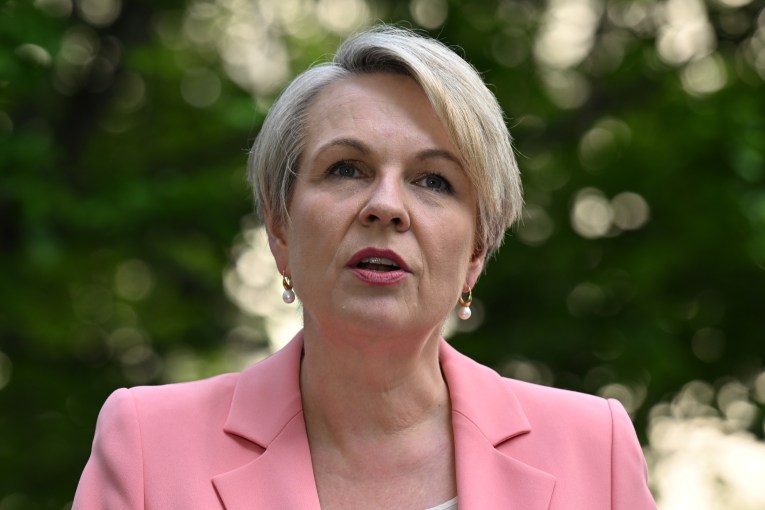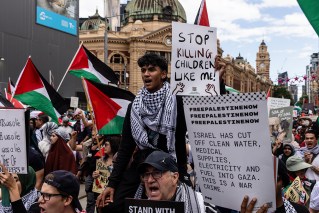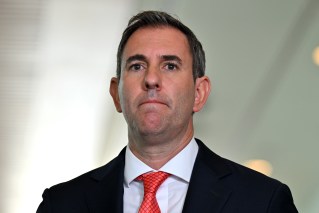Australian air strike thought to have killed as many as 18 Iraqi civilians


The pilots involved were not found to have acted contrary to the laws of armed conflict. Photo: AAP
Defence officials have revealed that Australian pilots involved in a joint air strike against Islamic State extremists in Iraq may have killed up to 18 civilians.
An investigation into the June 2017 bombings has found that at least six Iraqis were almost certainly killed, based on population density figures.
However, the exact number of casualties will never be known, nor their definitive cause of death.
The air strikes occurred at the height of the battle for Mosul, when Iraqi security forces were engaged in intense urban warfare against Islamic State militants.
As they prepared to advance through the neighbourhood of Al Shafaar on June 13, Iraqi soldiers spotted three IS fighters holed up inside a building, and four more in an adjacent courtyard, all carrying heavy weapons.
Fearing their forces would be wiped out, Iraqi commanders requested air support from the US-led coalition.
Two Australian pilots aboard Super Hornets joined the coalition fleet of fighter planes once their mission was legally cleared.
One Australian plane dropped a 277-kilogram, GPS precision-guided bomb on the building housing the IS militants, while the other pilot struck at the courtyard.
Both high-powered explosives hit their targets and neutralised the threat.
An initial post-strike review did not uncover any civilian casualties.
However, an investigation was launched seven months later after it emerged through local and social media channels that civilians in a nearby building could have been killed.
The 12-month coalition-led investigation concluded in January that the claims to civilian casualties were credible, and Australian authorities agreed, conceding it was possible the air strikes caused unintentional deaths.
It is unclear whether the civilians were killed as a result of the Australian strikes, nearby coalition strikes, ground fire from Iraqi soldiers or at the hands of IS fighters.
The two Australian pilots involved were not found to have acted contrary to the rules of engagement or the laws of armed conflict.
Australia’s Chief of Joint Operations Mel Hupfeld said the responsibility for taking lethal action at war was a heavy burden to carry.
“Our pilots and decision-makers involved in the targeting process do everything they can to avoid civilian casualties but sometimes it is not possible,” Air Marshal Hupfeld told reporters in Canberra.
“This is an extraordinary thing to ask of our young men and women, the gravity of which is not lost on any of us.”
Air Marshal Hupfeld said there was no specific intelligence to indicate civilians were in the vicinity before the strikes were launched.
But he said given the urgent circumstances facing Iraqi forces who requested the strike, it was impossible to be certain.
The chief of operations originally agreed that had Australia known the proximity of civilians at the time, the weapons would not have been fired.
But he said this needed to be balanced against the direct threat of serious injury and death to Iraqi security forces.
The London-based group, AirWars, which tracks the international air war against Islamic State using local sources, first reported the civilian casualties from the strike in June 2017 on its website.
“We had half a dozen separate reports from the ground [on the day]. We knew that all of the victims came from one extended family and four families within that larger family,” director Chris Woods told the ABC.
“We have four specifically-named victims in this incident and one of them was the Imam of the local mosque. His brother also died and two close male relatives as well,” Mr Woods said.
Australia has previously announced involvement in three separate potential civilian casualty allegations resulting from strikes conducted during Operation Okra.
These all occurred during the Mosul offensive on March 30 2017, May 3 2017 and June 7 2017. Australian strike aircraft concluded operations in January 2018.
Australia still has about 600 soldiers deployed in Iraq, where IS is now largely suppressed.
At its peak, the terrorist group occupied a third of Iraqi territory.
-with AAP








